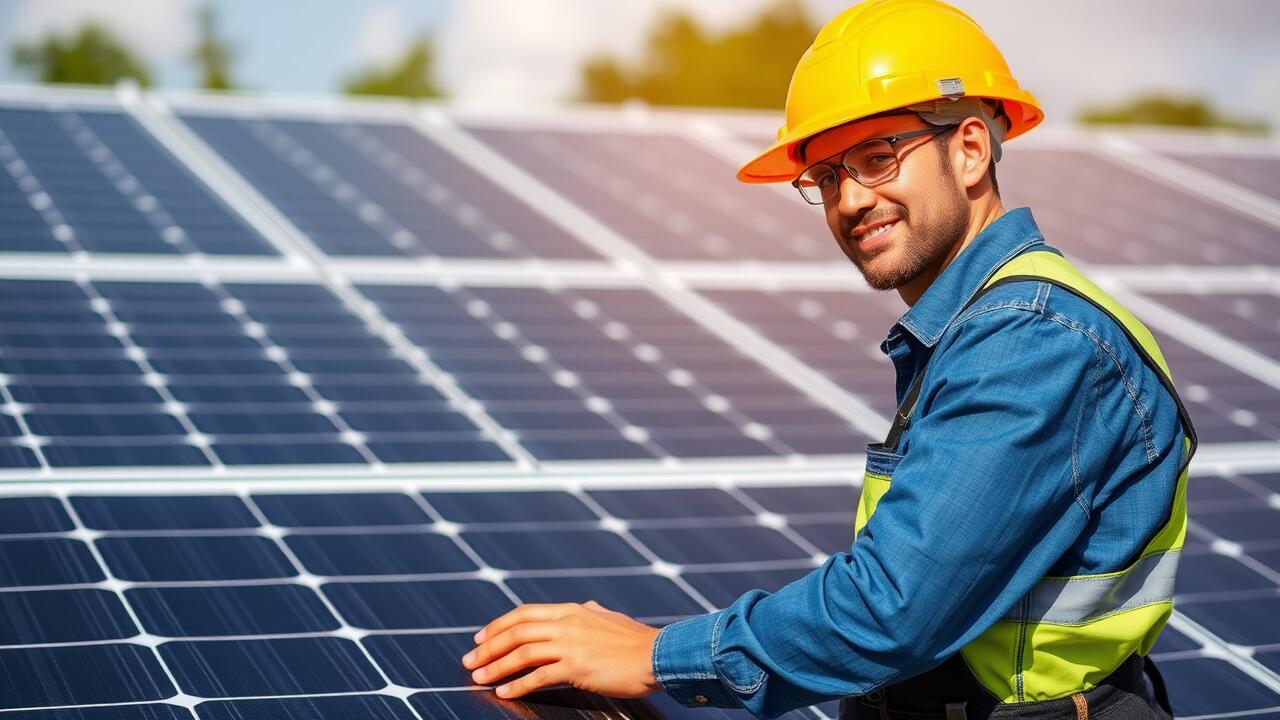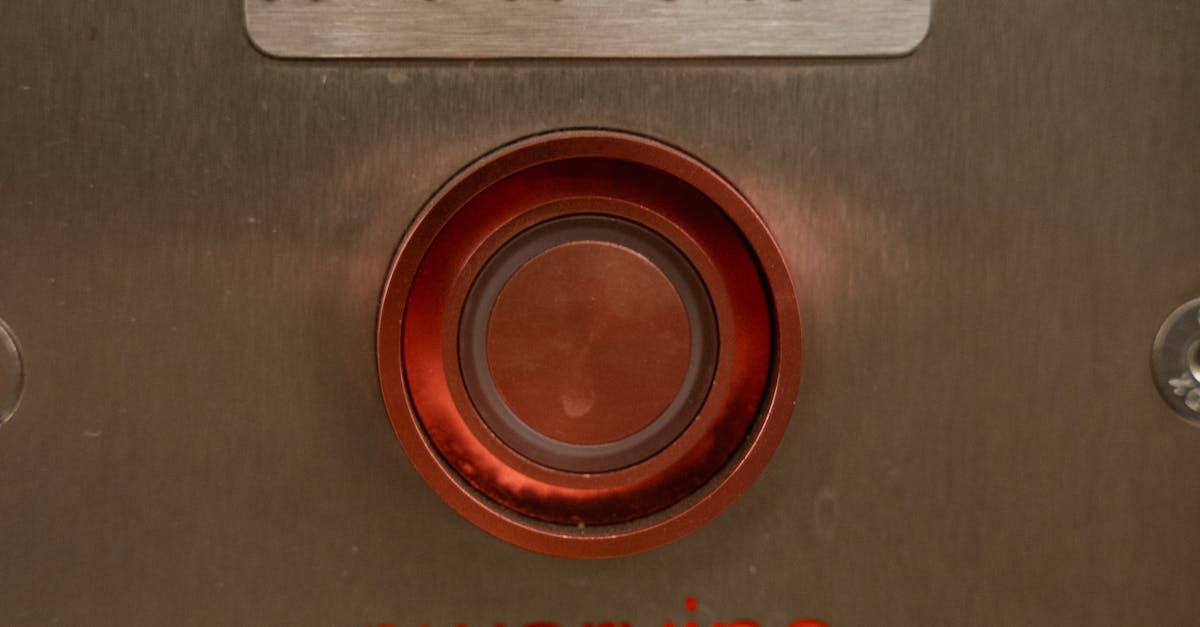
Permits and Regulations
When embarking on your solar panel system design, understanding the local permits and regulations is crucial. Each region may have specific requirements regarding installation that ensure safety and compliance with building codes. Often, homeowners must obtain planning permission, which may involve submitting detailed plans to local authorities. It is equally important to check if there are any zoning laws that could affect the installation of solar panels.
Navigating these guidelines requires diligence as non-compliance can lead to fines or enforced removal of the system. Homeowners should consider consulting with a solar professional who can guide them through the application process. Being aware of available incentives or rebates can also significantly impact the planning stage, allowing for potentially greater savings over time.
Navigating Local Guidelines for Solar Installation
Understanding your local regulations is a crucial step in the Solar Panel System Design process. Each region has specific requirements that govern the installation of solar systems. These regulations can include zoning laws, building codes, and safety standards. Failure to comply can lead to penalties or the inability to connect to the grid. Therefore, consulting with local authorities or a specialist familiar with your area’s guidelines is advisable.
Additionally, you may need to secure various permits before commencing installation. This could range from simple operational permits to more complex environmental considerations if your solar system significantly alters landscape features. Engaging with your local council or a professional installer can streamline this process. They often have experience navigating these requirements and can provide insights into any additional checks or balances that may apply. Properly addressing these guidelines not only ensures legality but also enhances the overall effectiveness of your solar investment.
Budgeting for Your Solar Project
When budgeting for your solar project, it is crucial to determine the total costs associated with the Solar Panel System Design. This includes not only the price of the panels themselves but also additional components such as inverters, batteries, and mounting equipment. Before you proceed, consider the skill set required for installation. Hiring professionals can increase costs, so weigh the benefits of using experienced installers against potential savings from a DIY approach.
Once the initial expenses are assessed, factor in potential savings over time. This involves calculating energy bill reductions, available government incentives, and any financial benefits from feed-in tariffs. Creating a detailed financial plan will help project the system's payback period and overall return on investment. Evaluating these elements early in the process can lead to a more informed decision and ensure that your solar project aligns with both your financial goals and energy needs.
Estimating Costs and Potential Savings
To accurately estimate the costs associated with a solar panel system design, it is essential to consider various components that will contribute to the overall expenditure. Factors such as the type of solar panels chosen, inverter specifications, installation labour costs, and any necessary upgrades to the existing electrical system can all impact the final price. Additionally, other expenses might include permits and inspections, which vary by location. Being thorough in reviewing these elements allows for a clearer picture of the investment required.
In conjunction with upfront costs, evaluating potential savings plays a crucial role in the decision to implement solar energy. Homeowners can often benefit from reduced energy bills, as a solar panel system harnesses sunlight, which translates to lower electric costs over time. Furthermore, government incentives and tax credits can significantly influence the financial outlook of the project. Taking the time to analyse long-term savings, along with initial investments, will enable a more informed choice about the feasibility and benefits of a solar panel system design.
Installation Process Overview
The installation process for a solar panel system design typically begins with assessing your property's suitability for solar energy. This involves evaluating factors such as roof orientation, shade, and electrical consumption patterns. A thorough site assessment will ensure that the system is tailored to meet your needs effectively. Engaging with a reputable solar installer at this stage can provide insights into the most efficient design and technology options available.
Once the planning stage is complete, the installation can commence. This phase includes mounting the panels, connecting the inverters, and ensuring that all electrical work complies with local regulations. It is essential that safety standards are adhered to throughout the process. After installation, thorough testing will confirm that the solar panel system design operates as intended, providing a sustainable energy solution for your household or business.
Step-by-Step Guide to Setting Up Your System
Setting up your solar panel system involves a series of organised steps to ensure everything functions correctly. Start by selecting the right components. Research various types of solar panels, inverters, and mounting systems suitable for your specific needs. Each component should align with the overall goals of your solar panel system design. Proper selection can significantly enhance the efficiency and longevity of your installation.
After choosing your components, it's time for the installation process. Prepare the site by clearing any obstructions and ensuring a stable foundation for the panels. Follow the manufacturer's instructions carefully during installation, focusing on mounting the solar panels securely while allowing for optimal sun exposure. After the panels are in place, connect the inverter and other electrical components. Thoroughly check all connections to guarantee safety and functionality before proceeding.
FAQS
Can I design my own solar system from scratch?
Yes, you can design your own solar system, but it’s important to ensure that your design complies with local regulations and guidelines. Consulting with a professional can help you optimise your design for efficiency and compliance.
What permits do I need to install a solar system?
The permits required for solar installation vary by location. Typically, you will need a building permit and possibly an electrical permit. It’s best to check with your local government or planning department for specific requirements.
How do I calculate the costs associated with a solar system?
To estimate the costs, consider factors such as the size of the system, the type of solar panels, installation fees, and any additional equipment like inverters and batteries. You may also want to factor in potential savings on your energy bills over time.
What are the steps involved in installing a solar system?
The installation process typically includes site assessment, system design, obtaining necessary permits, installation of solar panels and inverters, and finally, connecting the system to the grid. It’s advisable to follow a detailed step-by-step guide or hire professionals for the installation.
Are there financial incentives for designing and installing my own solar system?
Yes, many regions offer financial incentives such as tax credits, rebates, and grants for solar installations. It’s worth researching available programmes in your area to help offset the costs of your project.


